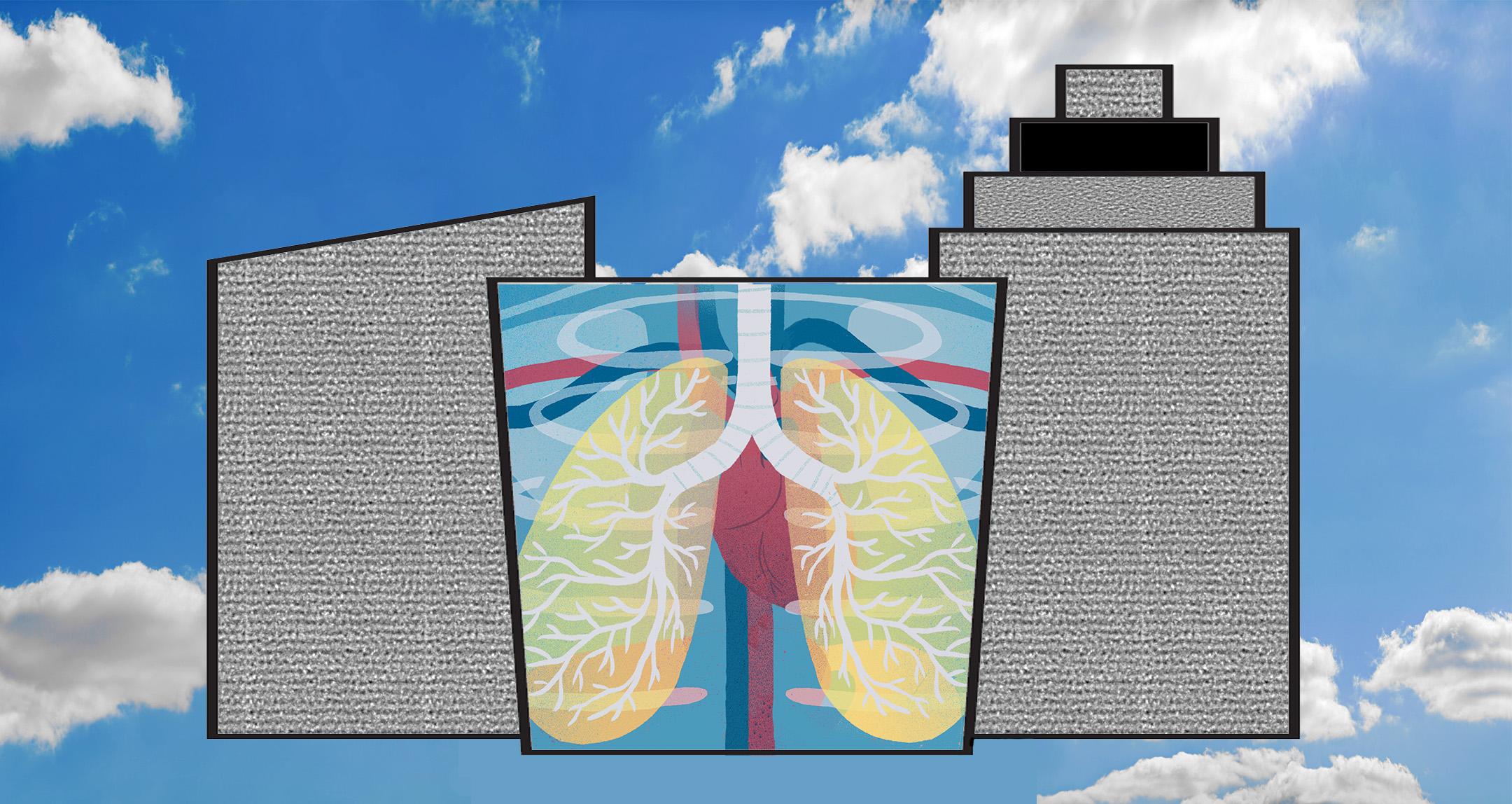Benjamin Franklin was onto something when he had the habit of engaging in a daily “air bath.” Every morning, he would open every window to allow fresh air to enter his house to increase air circulation and then sit in front of the window in the nude, presumably to get the full effects of the increased airflow. As a young man, Franklin’s most serious afflictions were respiratory illnesses. Thus, he was very interested in the common cold and its causes. He championed proper ventilation as essential to good health, noting that:
‘I am persuaded that no common air from without,
is so unwholesome as the air within a close room, that has been
often breath’d and not changed.’ (1)
One thing we have learned from the COVID pandemic is that air is our friend. And, in retrospect, buildings could have done better. When once thought to have spread by large droplets and through contaminated surfaces, the virus actually spreads through small respiratory aerosols (2) and can travel through the air farther than six feet. This is concerning, especially in a poorly ventilated building, where the particles are going adrift in the room and reaching people nearby. While airborne like many other diseases, there is a silver lining: We can do something about it.
As in Franklin’s valuable health advice, introducing outdoor air helps. To prove this point, a recent study in Italy found that using fans and air ducts to mechanically exchange indoor air with outdoor air five times per hour, decreased the risk of COVID infections by 80%. Think of what outdoor air can do for all influenza and other airborne diseases such as RSV (respiratory syncytial virus).
The HVAC system is part of the building that nobody seems to notice, but in actuality, it is the “heart and lungs of any building,” according to Joe Allen, professor of Harvard’s T.H. Chan School of Public Health and author of Healthy Buildings. He believes that the rapid spread of COVID was preventable, claiming better airflow can help remove aerosols and slow the spread of airborne viruses. Then in May, 2023, the CDC finally recommended changes to increase ventilation, such as aiming for five air changes per hour.
During CBS’ 60 Minutes segment on indoor air systems and viruses, which aired on October 29, Allen said, “If you look at the way we design and operate buildings – offices, school, local coffee shop – we haven’t designed for health. Think of the early days of the pandemic. Why wasn’t ‘improve air quality’ part of ‘flatten the curve?’ We had tools to protect ourselves. Masking: great tool, it’s a filter.”
More than ever, healthy buildings are in high demand, and it’s clear that a well-operating HVAC system is the source of a health, regardless of the age of the building. Start by opening a door to let fresh air in. Improve the level of filtration with (MERV)- 13 rating filters to protect against viruses, smoke, allergens, and other outdoor air pollution. Let air handling systems bring filtered and cool air into the building. Install sensors that tell the building engineer about the quality of indoor air.
Businesses are responding strongly. Why? Because, how can we forget the deep impact health has had on building associates, tenants, visitors, customers, and businesses? Consider putting the heart and lungs of your building to work. Do it for health. And we can thank Benjamin Franklin for his legacy of public health initiatives that continue to save lives today.
(1) Letter from Benjamin Franklin to Jan Ingenhousz, 28 August 1785
(2) Wang et al. 2021
